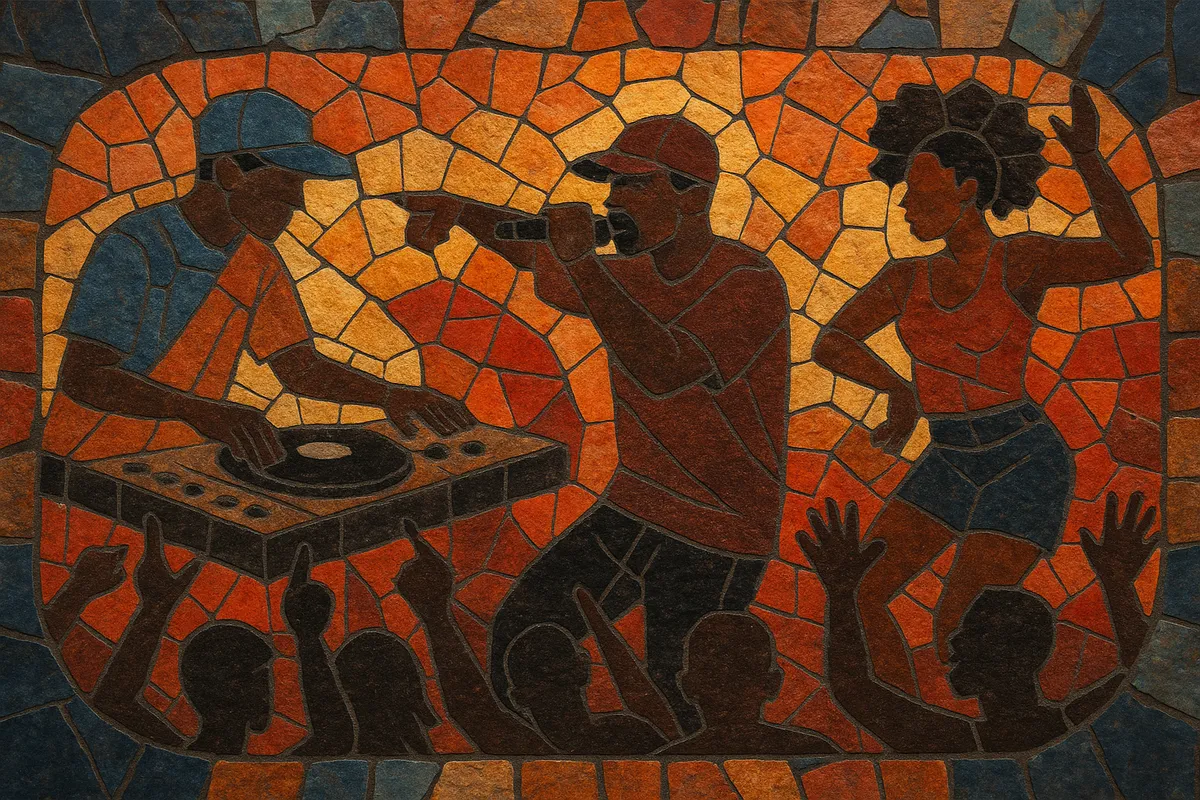Jook is a regional Florida club-rap style that emerged around Tampa Bay as a hyper-local, dance‑driven offshoot of Miami bass and Southern hip hop.
It is built on booming 808 sub‑bass, handclaps, chant‑style hooks, and minimal, loop‑based synth riffs designed for skating rinks, teen clubs, and strip‑club dance floors. Tempos commonly sit in the mid‑to‑upper club range, with a bouncy, head‑nodding groove rather than double‑time aggression.
Vocals favor call‑and‑response, swaggering talk‑rap, and crowd‑engaging tag lines, often referencing local slang, dance moves, and neighborhoods. The overall feel is raw, party‑forward, and hook‑first, prioritizing movement and communal energy over complex harmony or dense lyric narratives.
Jook coalesced in Tampa Bay’s skating rinks, teen parties, and hole‑in‑the‑wall clubs in the late 1990s. DJs and MCs adapted the booming low‑end of Miami bass to a slightly more mid‑tempo, chant‑friendly format that worked for local dance floors and call‑and‑response hype.
During the 2000s, the sound spread through street CDs, DJ mixes, and local radio. Hooks were short, repetitive, and instantly memorable, making the music ideal for regional dances and audience participation. Key local singles and club anthems helped cement “Jook City” as a recognizable Tampa identity within Florida rap.
As streaming and social platforms grew, jook tracks circulated beyond Tampa, influencing broader club‑rap and twerk‑oriented production aesthetics. While still a regional micro‑scene, its DNA—808 weight, minimal synth riffs, chant hooks—continues to surface in Florida party rap and in club‑focused tracks across the South.


